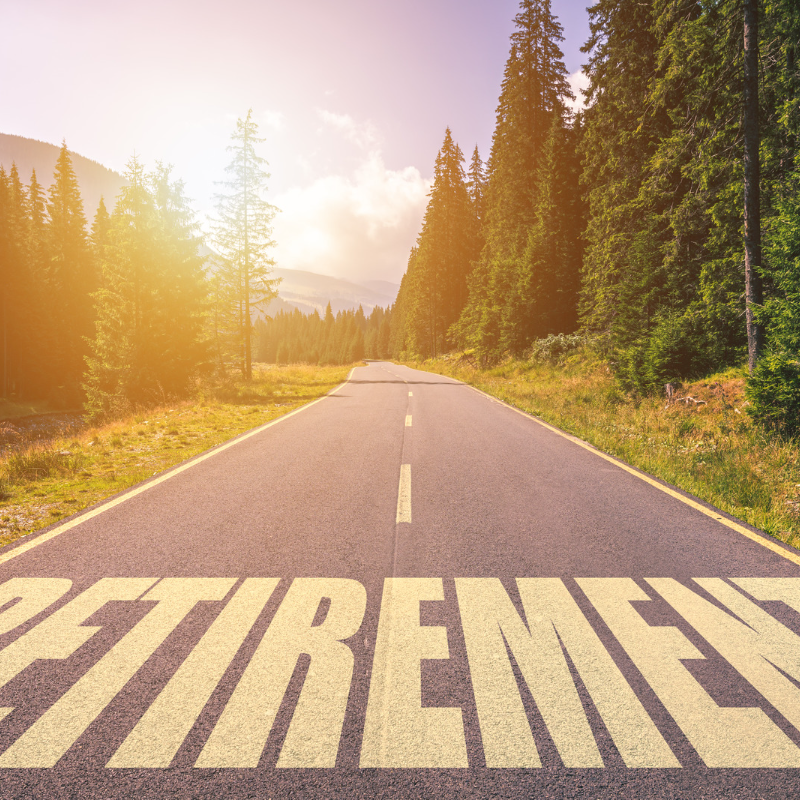Aging in Place for Baby Boomers
As the Baby Boomer generation increasingly reaches retirement age, the concept of aging in place has become a popular choice for many. This approach allows individuals to remain in their own homes, rather than relocating to assisted living facilities or nursing homes. However, planning for this transition is essential to ensuring that aging in place is a viable option.
Retirement is a major life change, and it requires financial planning to support this change. Many individuals do not consider the cost of aging in place, which can include home modifications, medical equipment, and in-home care. Without appropriate planning, these expenses can quickly become overwhelming. It is essential to have a solid budget and contingency plan in place to account for the unexpected costs that may arise.
In addition to financial planning, physical planning is equally important when aging in place. Home modifications can include safety features such as grab bars, wheelchair accessibility, and non-slip flooring. These modifications not only improve safety, but also increase the overall comfort and convenience of living at home. It is important to be aware of local building codes and regulations, and to work with professionals who have experience in making the necessary modifications.
Aging in place also requires planning for the availability of medical care. Many individuals require in-home care or medical equipment to maintain their health as they age. Planning for these needs can include researching local resources, such as home health care providers or medical equipment rental companies. It is important to have a clear understanding of insurance coverage and to communicate with healthcare providers about the individual’s plans for aging in place.
Finally, emotional planning is an often-overlooked aspect of aging in place. While living at home provides a sense of independence, it can also be isolating. Planning for social interactions and maintaining connections with family and friends is essential.
In conclusion, aging in place can be a viable option for Baby Boomers who wish to remain in their homes throughout their retirement years. However, it requires careful planning to ensure that the necessary financial, physical, medical, and emotional needs are met. With appropriate planning, aging in place can allow individuals to maintain their independence and quality of life, while remaining connected to their communities.
editor's pick
news via inbox
Join our Newsletter





